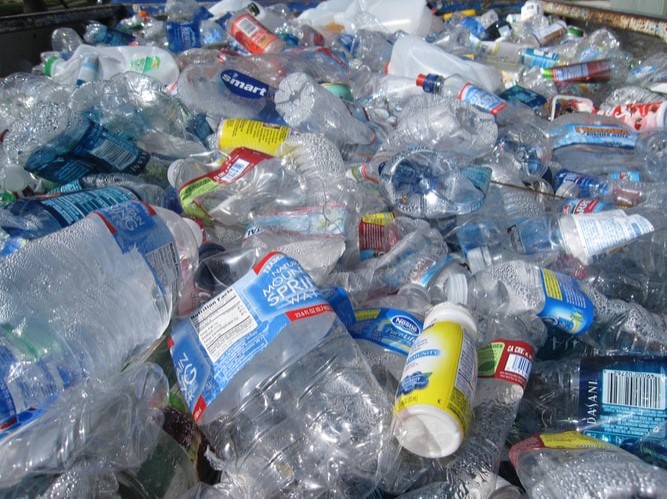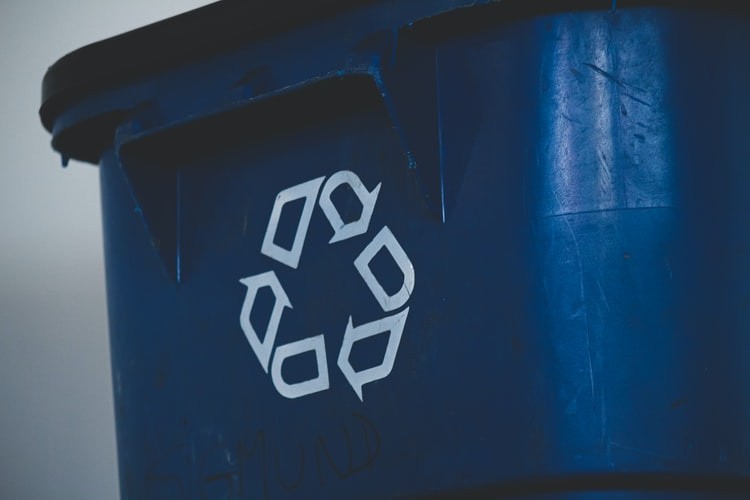
Plastics are one of today's most essential components and are found in almost every technology. While their production consumes considerable resources of feedstock, after their service life, plastics are primarily disposed of.
An evaluation of its use has been caused by explicit images of plastic mounting up in landfill sites and oceans. Not only does plastic manufacturing consume crude-oil supplies that are exhausted, but most plastics are not recycled efficiently, and contaminants are environmental pollutants.
Many different methods would be needed to solve the plastics issue. However, essentially, to enhance their sustainability, the polymer chemistry of plastics must be revamped.
Fortunately, a high-performance plastic derived from renewable oils has been designed to be truly recyclable at the molecular level. The study was published by Häußler et al. in the scientific journal Nature.
Various kinds of plastic exist, but all contain polymers.
Related Article : World's First Plant-Based Face Mask Invented in the UK!
Polymer

A polymer is a compound consisting of huge molecules, called macromolecules, called monomers, which are multiples of simplified chemical units.
Polymers make up many of the materials in living organisms, including, for example, proteins, cellulose, and nucleic acids. Besides, minerals such as diamonds, quartz, and feldspar and man-made materials such as steel, glass, paper, plastics, and rubber, form the foundation.
Redesign
Key goals are to diversify the raw materials used to produce plastics beyond fossil fuels, preserve their architectures with embedded energy and productive resources, retain their useful properties entirely by several recycling loops, and design plastics whose molecular structure can be disassembled if necessary.
Häußler's design meets the ideal standards.
HDPE
High-density polyethylene (HDPE) is a commonly used plastic with long, straight polyethylene strands, a polymer composed of repeated units of CH2CH2.
Through melting and reprocessing, HDPE is manually processed, reprocessed, and recycled annually. Present plastic-waste disposal, however, is inefficient. In 2018, less than 10 percent of all plastics and only about 30 percent of HDPE bottles were collected from mixed-plastic waste sources and recycled, the US Environmental Protection Agency found.
After each round of recycling, mechanical recycling can also produce inferior materials, and, in the case of HDPE, regulation of the crystallinity of the recycled items can be difficult.
Chemical recycling (also known as closed-loop recycling), in which long-chain polymers are deconstructed during use to create the same molecular building blocks (monomers) that were initially used to manufacture them, is an alternative to mechanical recycling. This technique's value is that it is possible to continuously re-polymerize these monomers to create products with the same high performance and properties as the original.
Sadly, for HDPE, such a scheme is ineffective since a lot of energy is needed to break its carbon-carbon bonds. Polyethylene's environmental persistence and its recalcitrance to enzyme degradation are explained by the strength of these bonds.
Recyclable Plastic

Häußler and colleagues' work is fascinating and encouraging since it is tough to come up with plastics that can be produced from renewable energy, have excellent properties, are consistent with large-scale methods of production and refining, and are completely recyclable, with few materials satisfying all these requirements.
ALSO READ : 'What can be Found in the Ocean': Pink Undies, Double Mattress, Christmas Tree, and More
For more environmental news, don't forget to follow Nature World News!
© 2026 NatureWorldNews.com All rights reserved. Do not reproduce without permission.





